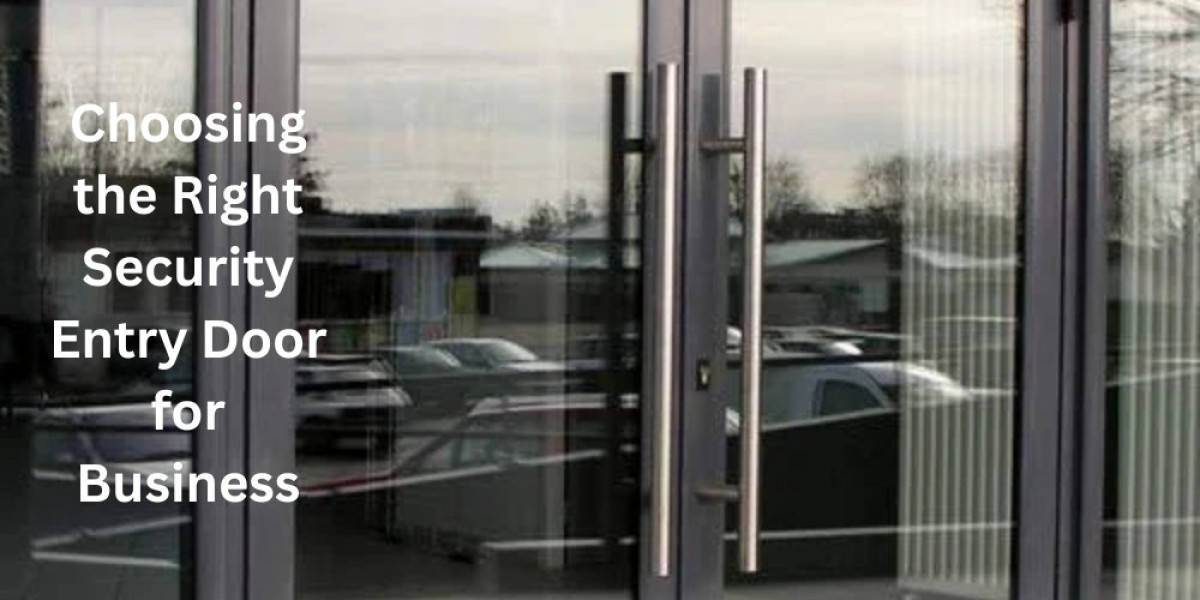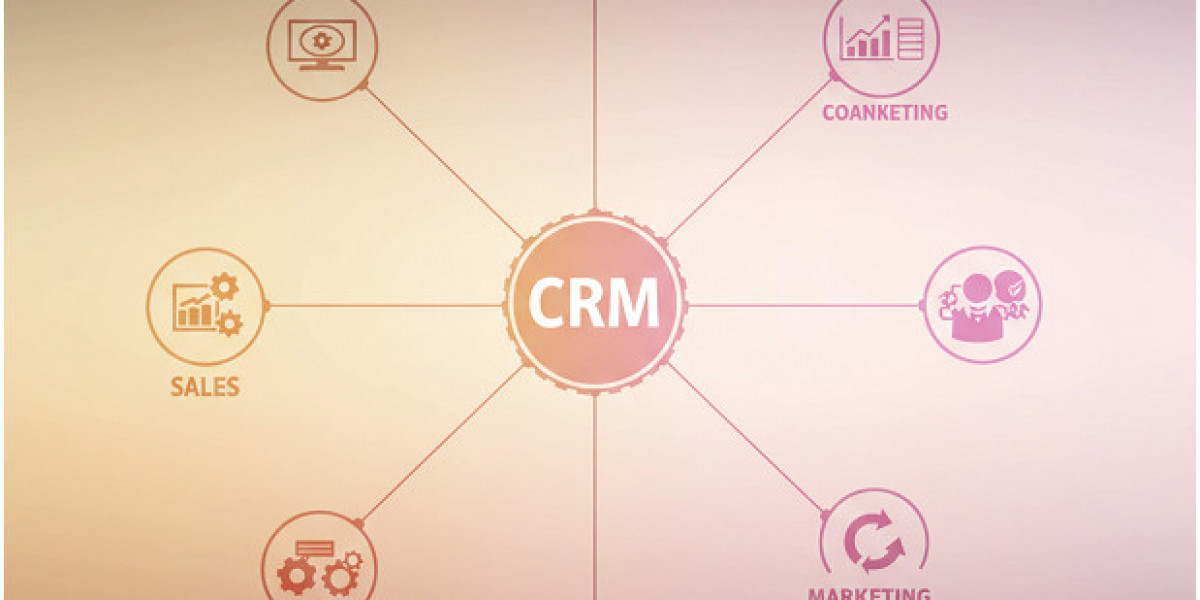Why security doors are a business essential
When I first took on the job of helping a mate secure his new mechanic shop in western Sydney, I thought picking out the entry doors would be the easy part. It wasn’t. There were steel doors, mesh doors, bulletproof options, fire-rated models — and each came with its list of certifications, lock options, and installation headaches. We quickly realised that this wasn’t just a cosmetic decision. Choosing the right commercial security door installation would have a direct impact on his business insurance, staff safety, and even council compliance.
It’s something many business owners overlook. But whether you run a retail store, a warehouse, or a corporate office, the front (and back) doors are quite literally your first and last line of defence. If they’re weak, outdated, or installed without proper forethought, you’re asking for trouble.
Understanding the different door types (and where they fit)
Every commercial space is unique, and so are its risks. A café has different needs from a freight depot. An aged care facility has different vulnerabilities from a co-working space. The type of door you choose should reflect those operational realities.
Here’s a breakdown of common options and their ideal use cases:
Steel security doors: Heavy-duty and near-impenetrable. Best suited for loading bays, storage rooms, and industrial spaces.
Aluminium mesh doors: A popular option for street-facing businesses that want both airflow and visibility, without sacrificing safety.
Fire-rated doors: Often required in high-occupancy buildings or any premises storing flammable goods.
Access-controlled doors: Doors that work with fobs, cards, or keypads — perfect for offices or staff-only zones.
Timber-core doors with metal skins: For properties that want a balance of aesthetics and resilience, especially heritage buildings.
It’s not just about locks — it’s about compliance
Now here’s the kicker: it doesn’t matter how strong or expensive your door is if it doesn’t meet legal standards.
Australian building security regulations lay out strict guidelines for what commercial doors must do, especially in terms of fire safety, emergency exits, and access provisions for people with disabilities.
Some of the key things your entry door setup must account for:
Egress: Doors must be openable from the inside without a key or special knowledge in the event of an emergency.
Fire compliance: In certain buildings, doors must resist fire and smoke for a set period, often 30 or 60 minutes.
Disability access: Your door width, threshold step, handle type, and force-to-open must all comply with accessibility standards.
Security hardware: Locks, hinges, and strike plates must meet standards around tamper-resistance and durability.
Ignoring these might not be an issue during day-to-day operations, but come audit time or after an incident, they can become huge liabilities.
How to choose the right door for your business
From a practical standpoint, the “right” door boils down to a few clear criteria. Based on dozens of past projects, here’s what I always consider:
1. Purpose of the entry point
Is this a primary entrance? A fire exit? A staff-only back door? Each one has a different profile and risk level.
2. Threat profile
Have there been past break-ins in your area? Are you dealing with high-value goods or sensitive client info?
3. Daily traffic
The number of times a door is opened each day affects the wear and tear. High-traffic doors need heavy-duty hardware and easy automation.
4. Environmental exposure
If your premises are near salt water or exposed to direct sun, material choice becomes critical — aluminium may corrode less than steel.
5. Insurance conditions
Some policies require specific lock types, alarm integration, or door strength for coverage to be valid.
When we upgraded a retail chain’s shopfronts in Melbourne, their insurer required us to install triple-bolt locks and anti-jimmy hinges. Without that, they would’ve been on the hook for any losses.
Smart entry doors don’t work alone
Too many businesses make the mistake of treating entry doors as a separate issue from the rest of their security system. In reality, doors are just one cog in the machine.
Here’s how doors should fit into a bigger plan:
CCTV: Every primary door should be under camera coverage, both entry and exit.
Alarms: Doors should have sensors that trip alarms when forced outside business hours.
Lighting: Entry areas need to be well-lit at night to reduce tampering risks.
Training: Staff should know how to lock, monitor, and report door-related issues, especially in larger teams.
If you’re planning a broader set of business security upgrades, start with the doors. They’ll often reveal weaknesses in the rest of the system.
Looking ahead: The rise of access control
Security doors have come a long way. These days, the lock and key are just the beginning. Businesses are increasingly investing in smart access solutions — and for good reason.
Access control systems let you:
Assign different access levels to different staff
Track who opens what door, and when
Revoke access instantly if someone leaves the team
Avoid costly rekeying every time someone loses a physical key
Interest in entry point access control has exploded across the education, medical, and logistics sectors in recent years. These systems integrate with everything from mobile apps to biometric scanners — and they’re no longer as expensive as they once were.
For one aged care provider we worked with, switching to keyless entry dramatically reduced both internal theft and emergency access issues. It was a one-time investment that solved half a dozen headaches in one go.
Final words: Think long-term, not just lock-tight
Too often, security doors are an afterthought. Something ticked off a checklist. But in reality, they shape how secure, accessible, and future-ready your business is.
So take the time to do it right:
Think beyond appearance
Don’t compromise on compliance
Look for smart integrations
And work with local experts who know your area and industry
Because when things go wrong — and unfortunately, they do — it’s the quality of that door that can make all the difference.










